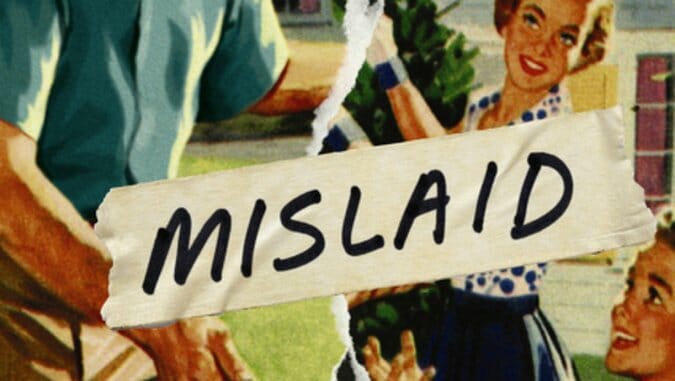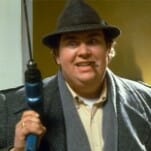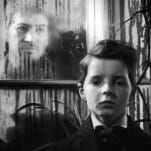Mislaid by Nell Zink

Nell Zink’s first published novel, The Wallcreeper, appeared last year as part of an independent micropress project called Dorothy. The book chronicles the marriage of two expatriate Americans that lurches illogically from thrilling “getting-to-know-you” sex to loathsome “familiarity-breeds-contempt” sex to adultery to resignation to dispassionate commitment, occasionally spiked with obsessive rare bird kidnapping and casual ecoterrorism.
 Unnervingly compelling, like a page-turner without a plot, The Wallcreeper plays out more like a fascinating character sketch than a story. But it should come as a great relief to anyone left wanting more that Zink’s next novel, Mislaid, arrives a scant eight months after the The Wallcreeper. And if anything, Zink packs Mislaid with almost too much story.
Unnervingly compelling, like a page-turner without a plot, The Wallcreeper plays out more like a fascinating character sketch than a story. But it should come as a great relief to anyone left wanting more that Zink’s next novel, Mislaid, arrives a scant eight months after the The Wallcreeper. And if anything, Zink packs Mislaid with almost too much story.
Mislaid begins in a small town in early-’60s Virginia, introducing Peggy Vallaincourt, the sexually ambivalent daughter of a boarding school chaplain who envisions her future combining thespianism, lesbianism and a stint in the armed forces—all against her mother’s better judgment.
Also to the disappointment of her mother, she chooses to attend nearby Stillwater College, where she soon falls in something like love with poet-in-residence Lee Fleming. Lee is a scion of local aristocracy and a gay man himself, but he’s intrigued to be having such fabulous sex with a coed. The novelty doesn’t last. In short order, Peggy finds herself pregnant, kicked out of school and married to a gay narcissist whose many famous-gay-poet friends frequent their house and show no more interest in Peggy than her husband does:
Even if they hadn’t all been gay men and thus more or less not interested in her at all, almost blind to her existence; even if they had been models of chivalry, rushing to pick up things she dropped and giving her flowers, instead of bullshitting parasites who thought they had invented crass vulgarity before inventing maudlin sentimentality as a foil (exposure to them was making Peggy at once articulate and sullen), a monosyllabic high school graduate in an oversized polo shirt with baby food on it was not going to get their attention.
Somehow, the marriage manages to survive a decade of detachment and dissipation, produce two children and cast Peggy into a fairly conventional role of 24-7 motherhood and domesticity, her youthful aspirations to lesbianism and thespianism long gone. Until one day she cracks and takes her three-year-old daughter and disappears, leaving behind Lee and their nine-year-old son.
-

-

-

-

-

-

-

-

-

-

-

-

-

-

-

-

-

-

-

-

-

-

-

-

-

-

-

-

-

-

-

-

-

-

-

-

-

-

-

-








































